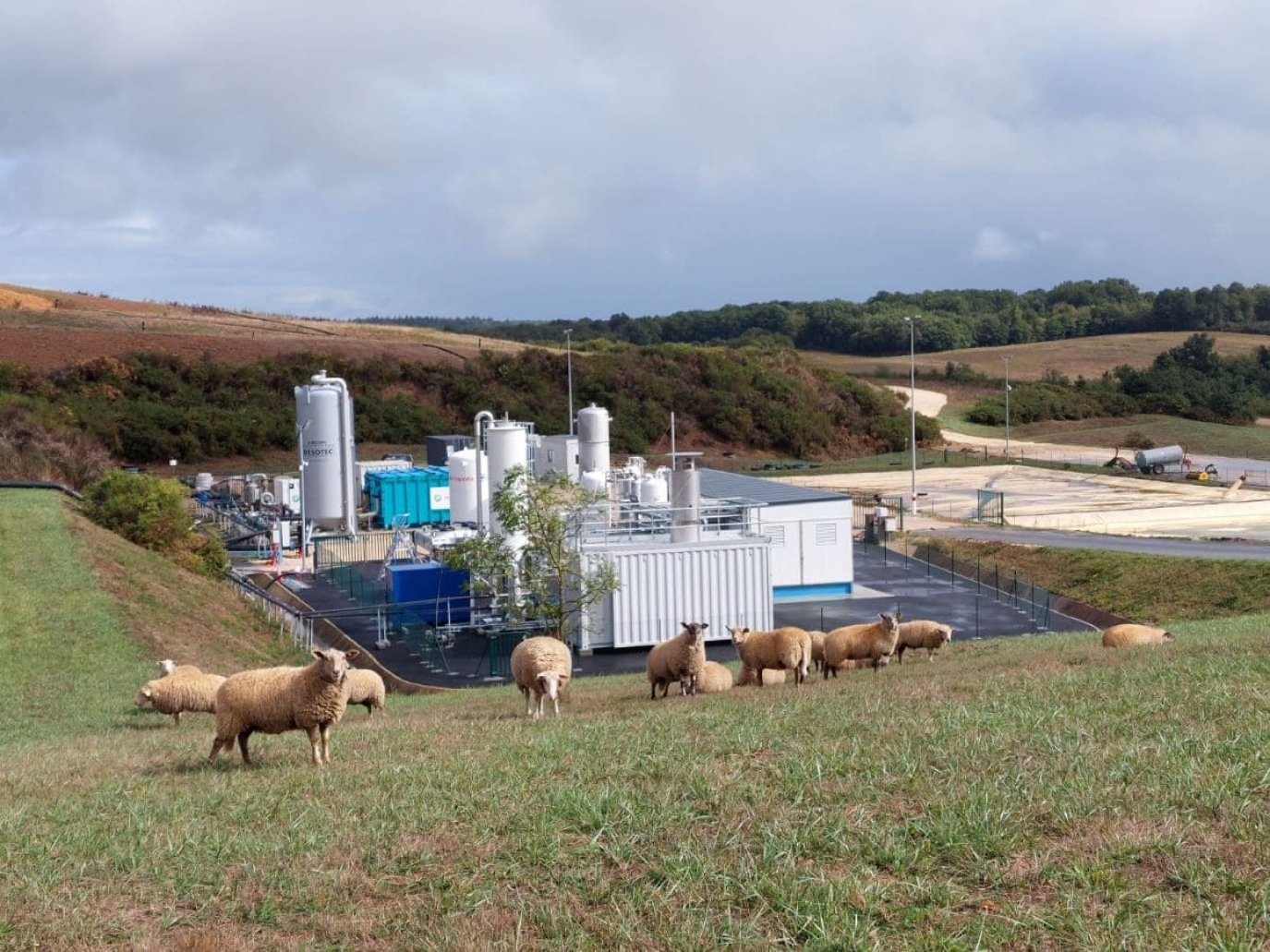In countries with highly developed networks, such as the U.S.A., Italy, Japan, and Germany, it is best to promote the consumption of alternative fuels on existing networks in support of strong electrification. This is why, where extensive gas networks are present, there is a need for considerable support for the production of renewable gas, such as biomethane, through systems that transform biogas derived from the fermentation of agricultural byproducts, crop rotations, or farming waste.
However, there are also forms of biogas production that are less widespread and less incentivised, despite being the backbone of the circular economy, given that, in addition to energy production, they enable the resolution of issues relating to waste collection and the reduction of greenhouse gas emissions. These involve landfills, biowaste treatment plants, and, to a lesser extent, the anaerobic digestion of sludge from wastewater treatment plants.
Waga Energy’s technologies
French corporation Waga Energy, which operates in many countries, creates systems for capturing biogas from landfill sites and wastewater treatment plants. “Our WAGABOX system is able to capture biogas and covert it to biomethane, which can be liquefied or entered into the network, whereas, usually, 90% of landfill biogas is burned inefficiently or released into the atmosphere,” explains Andrea Baldini, CEO of Waga Energy Italia. “Thus, we are able to reduce runaway atmospheric emissions of CO₂ and CH₄, eliminate odours, and maximise energy production – and, consequently, revenues for landfill site managers.”
Currently, there are 22 active WAGABOX systems and 15 that are being installed, primarily in the U.S.A., Canada, and France, with other countries, such as Italy, to follow soon. “Italy has great potential, with 117 active landfill sites,” says Baldini. “It is estimated that, by harnessing the biogas created in the largest landfills, we could generate over 1 TWh of energy per year, equivalent to 120 million cubic meters of biomethane per year, or 0.2% of the current national demand for natural gas.”
Circular energy
Although we are heading toward increasing circularity in waste management, landfills will not disappear. “Even with effective biowaste collection and sorting of all recoverable materials, which we at Waga Energy are hoping for, controlled landfills will continue to produce biogas, because so-called undifferentiated or residual waste still contains slow-fermenting organic material that can produce biogas,” Baldini notes. “It would be wrong not to use this ready-to-use energy resource with systems that can be quickly put in place.”
Today, Waga Energy works on the market by certifying and trading biomethane without any support in Italy. The company hopes that a policy of incentives can be implemented, as happens with biomethane from agricultural processes and biowaste, which would control the risks associated with the energy market in the medium to long term, supporting the elimination of greenhouse gases in the atmosphere and the production of fuels with decarbonising impact if compared to their hydrocarbon counterparts resulting from extraction. “The development of WAGABOX technology would bring two key benefits,” Baldini concludes. “Firstly, harnessing a renewable resource that would also allow post-closure monitoring of landfill sites. Secondly, reducing atmospheric emissions of CH4 and CO2 to combat climate change.”
This article is also available in Italian / Questo articolo è disponibile anche in italiano
Images: Waga Energy
This content is produced thanks to the support of sponsors



